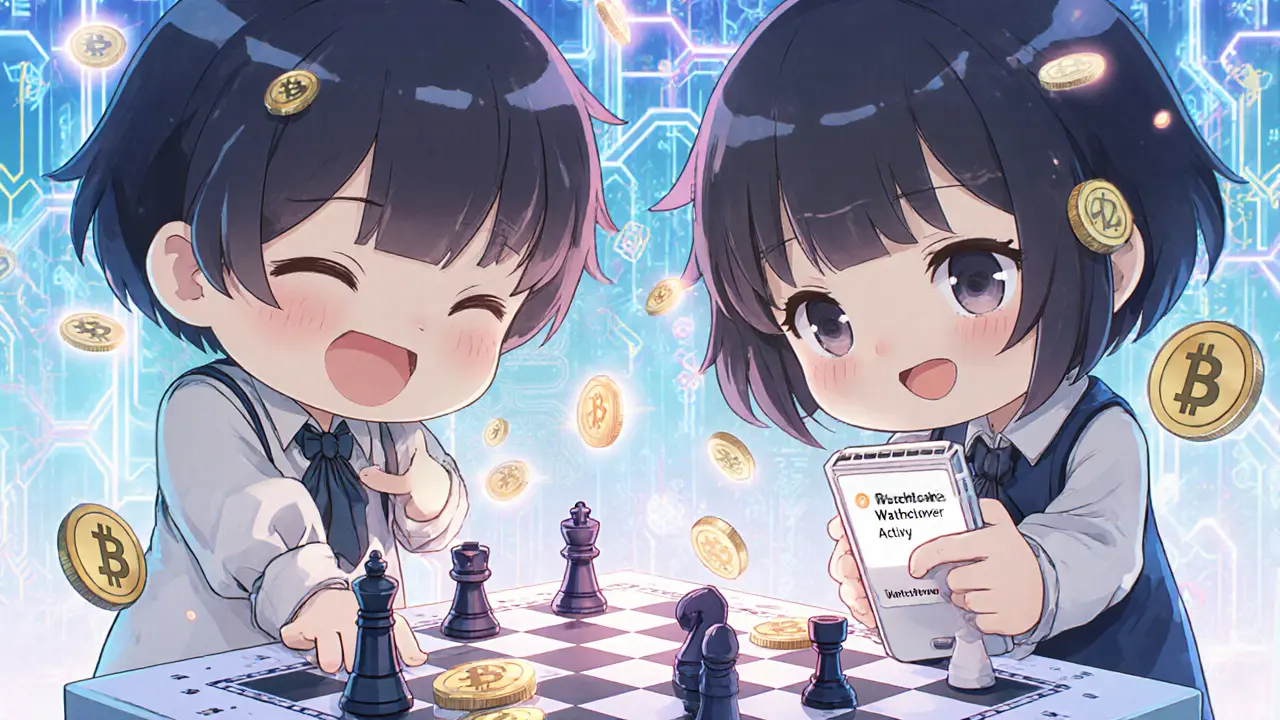Blockchain Trust: How Decentralized Systems Build or Break Confidence in Crypto
When you hear blockchain trust, the idea that a distributed ledger can replace banks, lawyers, and middlemen without needing to be trusted. Also known as trustless systems, it’s not about eliminating trust—it’s about making trust automatic through math and code. But here’s the problem: people still get scammed. Exchanges vanish. Tokens with no team or liquidity suddenly trend on Twitter. Why? Because blockchain trust doesn’t mean you can ignore human stupidity—or greed.
Real blockchain privacy, the ability to control who sees your transactions without giving up transparency matters. If your identity or wallet activity is exposed, you’re not just vulnerable—you’re targeted. Projects like zero-knowledge proofs are trying to fix this, but most users still treat crypto like cash in their pocket: if it’s not in their control, they assume it’s safe. That’s how ezBtc and CoinRui stole millions. They looked legit. They had websites. They had fake testimonials. But they had no real accountability. That’s the opposite of blockchain trust.
crypto exchange security, how platforms protect user funds from hacks, insider theft, or outright fraud is where most people lose everything. You don’t need to be a hacker to lose your crypto. You just need to trust the wrong platform. Canada’s MSB licensing rules, Ecuador’s banking bans, or Saudi Arabia’s workarounds all prove one thing: regulation doesn’t stop crypto—it just moves it. And where there’s movement without oversight, scams follow.
Then there’s decentralized identity, a system where you own your digital proof of who you are, not a company or government. Right now, most people log into crypto apps with emails and passwords. That’s not decentralized. That’s just a new name for the same old system. Until you control your identity without handing it to a middleman, blockchain trust will remain half-built.
What you’ll find below isn’t theory. It’s real cases. The platforms that disappeared. The tokens that promised the moon but delivered nothing. The regulations that actually work—and the ones that don’t. You’ll see how a $80k health data coin with zero users still gets attention. How a fake YouTube cat token spreads like wildfire. How a Taliban ban on Bitcoin didn’t stop Afghans from trading. These aren’t outliers. They’re symptoms of a system still learning how to be trusted.
Blockchain trust isn’t about technology alone. It’s about who’s behind the code, how they’re held accountable, and whether you can verify it yourself. The posts ahead don’t just warn you—they show you how to spot the difference between a real system and a well-designed illusion. No fluff. No hype. Just what actually happened, and why it matters for your next move.

